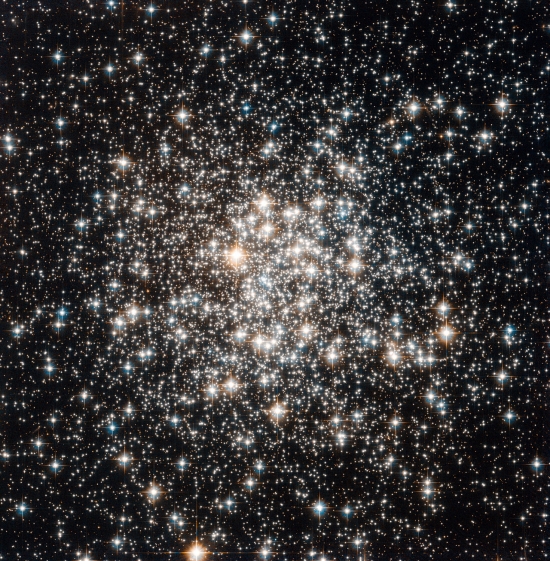Technosignatures and the Age of Civilizations
Given that we are just emerging as a spacefaring species, it seems reasonable to think that any civilizations we are able to detect will be considerably more advanced — in terms of technology, at least — than ourselves. But just how advanced can a civilization become before it does irreparable damage to itself and disappears? This question of longevity appears as a factor in the famous Drake Equation and continues to bedevil SETI speculation today.
In a paper in process at The Astronomical Journal, Amedeo Balbi (Università degli Studi di Roma “Tor Vergata”) and Milan Ćirković (Astronomical Observatory of Belgrade) explore the longevity question and create a technosignature classification scheme that takes it into account. Here we’re considering the kinds of civilization that might be detected and the most likely strategies for success in the technosignature hunt. The ambiguity in Drake’s factor L is embedded in its definition as the average length of a civilization’s communication phase.
Immediately we’re in shifting terrain, for in the early days of SETI, radio communication was the mode of choice, but even in the brief decades since Project Ozma, we’ve seen our own civilization drastically changing the radio signature it produces through new forms of connection. And as Balbi and Ćirković point out, the original L in Drake’s equation leaves open a rather significant matter: How do we treat the possibility of civilizations that have gone extinct?
These two authors have written before about what they call ‘temporal Copernicanism,’ which leads us to ask how the longevity of a civilization is affected by its location in our past or in our future. We are, after all, dealing with a galaxy undergoing relentless processes of astrophysical evolution. As we speculate, we have to question a value for L based on a civilization (our own) whose duration we cannot know. How can we know how far our own L extends into the future?

Image: Messier 107, a globular cluster around the disk of the Milky Way in the constellation Ophiuchus, is a reminder of the variety of stellar types and ages we find in our galaxy. What kind of technosignature might we be able to detect at a distance of about 20,000 light-years, and would ancient clusters like these in fact make reasonable targets for a search? Many factors go into our expectations as we formulate search strategies. This image was taken with the Wide Field Camera of Hubble’s Advanced Camera for Surveys. Credit: ESA/NASA.
https://www.centauri-dreams.org/2021/03/17/technosignatures-and-the-age-of-civilizations/








